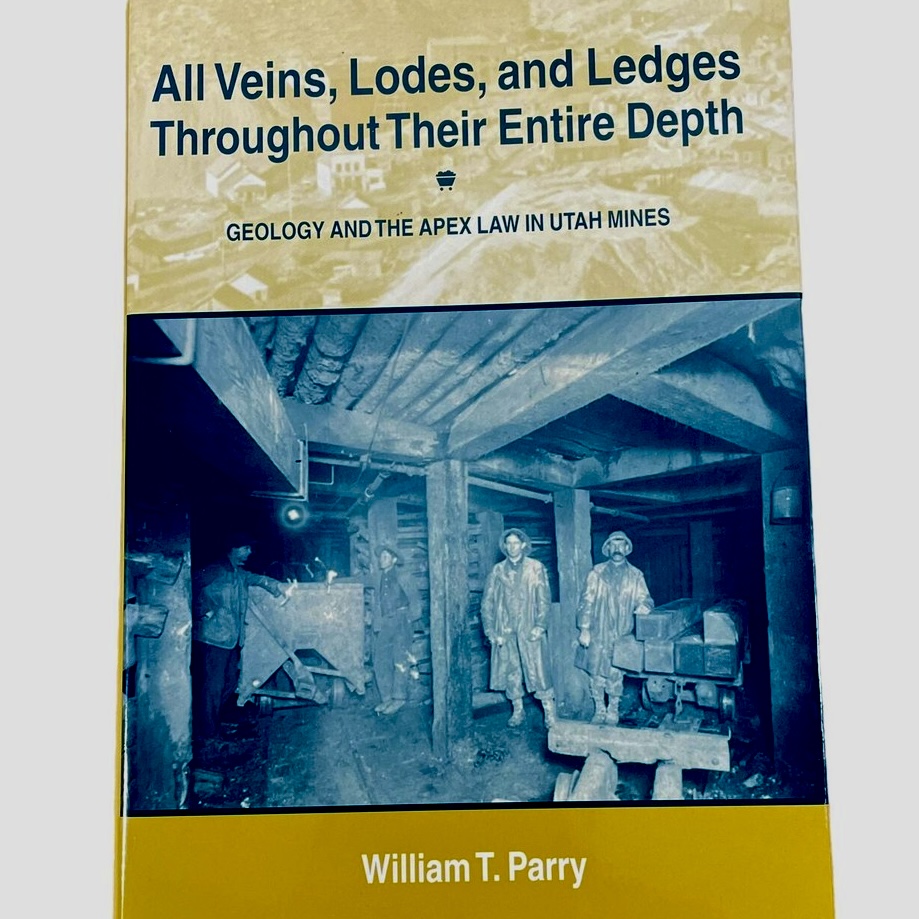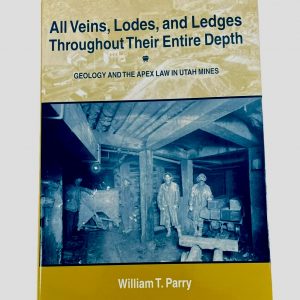
 A Trial Furnace The Utah Iron Mission
A Trial Furnace The Utah Iron Mission
Many Mormons believe that Brigham Young was anti-mining. Nothing could be further from the truth. From the California Gold Missions in early 1850 and the Lead Mining Expedition in 1856, mining played a pivotal role in the development of Utah as a territory and our nation as a whole. This book documents a third pioneering Utah mining effort, that of the pioneer effort to develop Utah’s iron resources and industry.
A Trial Furnace is not only good mining history, it is also a comprehensive look at the pioneering town-building experience on the Mormon frontier. Zion plats are reviewed in the laying out of several Southern Utah towns. Other topics that are fairly well covered include the Mountain Meadows Massacre, the Walker War, the Gunnison Massacre as well as a detailed review of the Old Spanish Trail and pioneer names like Jefferson Hunt, Amasa Lyman, Charles C Rich, Parley Pratt, John D. Lee and Isaac Haight are peppered throughout this publication.
Precious metals enthusiasts might think this work holds no interest to them, but they would be wrong. The early efforts at mining and expeditions up and down the Old Spanish Trail are covered in a way that provides an excellent overview for understanding later mining efforts. Much better overview than that provided by From the Ground Up, which while billing itself as the first comprehensive overview of mining in Utah, failed to even mention the iron mission. A Trial Furnace mentions in footnotes both the Lead mining Expedition of 1856 (fn 34) as well as Gustive Larson’s original 1963 UHQ article on the iron and steel industry) Neither is cited in From the Ground Up. And FTGU reads like a patchwork quilt of independent articles. ATF tells a cohesive story and extends and places the iron mission in the proper historic context of Utah history, and fills in gaps to tell the entire story. FTGU leaves you wanting more information on the missing pieces. ATF leaves you wanting more histories as well written as this.
Divided into four parts for a total of 15 chapters this work has a 17 page index, 8 page bibliography with 117 source items and a whopping 79 illustrations.
Part One is entitled “Iron We Must Have,” a quote from Brigham Young himself. In Part 2, Settling In, we find the pioneers establishing several cities in Southern Utah. In Part 3 Trying Iron the chapters include Pioneer Iron Works, First Fruits of the Furnace, Deseret Iron Co., Growth in the County, the Walker War and the Noble Furnace. Part Four Facing Failure, the author analyzes the Iron Works in Decline and In Retrospect, Why it failed. The pattern of the chapters suggests that the patterns of the cycle of innovation exist in the iron mission efforts as well. (Discovery, Daring, Deals, Dividends, Decline and Disruption) exist in the iron mission efforts as well.
This treatise was written primarily by Shirts until he died and then his daughter finished the work. Shirts collaborated with William T Parry in analyzing some of the iron from the Cedar City area and Parry’s own scholarship and understanding of Utah geology is well known. Shirts also rubbed shoulders with Paul Proctor on another volume of Southern Utah mining history, Silver, Saints and Sinners.. Shirts brings the same detailed and exhaustive research to the subject of iron. Because of this detail and level of research, I expect that A Trial Furnace will soon be equal in value to Silver Saints and Sinners which is currently at the $250 range.
Until a book length volume on Spanish mining in Utah or on the Lead Expedition is written, ATF is the only work to adequately cover Utah’s early mining history. Together with works like Ore Deposits of Utah, Mining Districts of Utah, and the patchworked FTGU, this book belongs on your bookshelf.